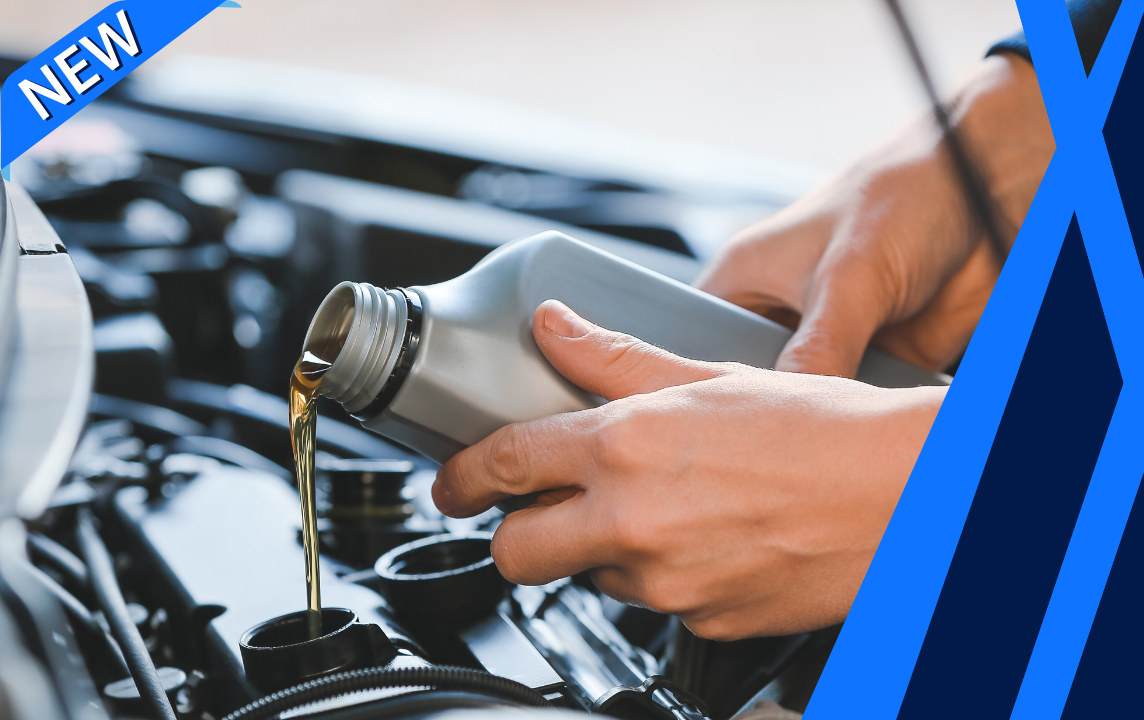Description
Car does not move when I step on the accelerator pedal Inspection
Common reasons for this to happen:
Acceleration issues typically stem from one of the following conditions:
- The emergency brake is on or stuck: This is actually one of the most common reasons that a car will not move or seems to be experiencing poor acceleration. The brake may be on simply because the driver forgot to disengage it, or it may be stuck.
An emergency brake can become stuck if it is left on for a long time or applied with more force than usual. In regions that use salt for de-icing, or when the emergency brake has gone without use for a long period of time, releasing the brake may require the assistance of a professional mechanic.
- Engine management issues: Many sensors interact with the engine control module to add the correct amount of fuel based on the amount of air that is coming into the engine.
As the engine management system wears, you may notice poor idle quality, stalling, and poor fuel economy. A car may run for months with a malfunctioning sensor, but eventually, the problem may progress to a stalling condition or a serious lack of power.
A Check Engine light will normally be observed as well.
- Low fuel pressure: A fuel pump moves fuel from the fuel tank, through the fuel filter, and to the engine to be burned in the engine cylinders. If the fuel pump or filter begins to fail, lower than specified fuel pressure may cause various symptoms.
Symptoms of a failing fuel pump or clogged fuel filter may include sputtering, hesitation during acceleration, power loss when the car is under load, and finally an engine that will not start. Proper maintenance, including replacing the fuel filter as scheduled, will help prolong the fuel pump’s service life and maintain proper fuel pressure.
- Gross intake manifold leak: While this is not a common occurrence, a manifold leak does happen. This will cause the manifold to draw additional air via the leak, putting too much air into the cylinders and decreasing the amount of fuel that is delivered in relation to air.
The engine will run rough and sluggish under such conditions. As the situation gets worse, it may eventually cause the car to stall. You may observe a hissing sound or Check Engine light as well.
- Malfunctioning electronic throttle control: Most late-model vehicles utilize an electronically controlled throttle to control airflow into the engine. This system relies on multiple electronic inputs, computers, and motors to control engine speed. If the system detects a malfunction, the computer will usually shut down the throttle opening as a precaution. Multiple error codes will be logged in this case, the dashboard may display a Check Engine light, and the vehicle may not exceed 50 to 65 km/h.
What to expect:
A top-rated mobile mechanic will come to your home or office to determine the source and cause of the acceleration issues, and will then provide a detailed inspection report that includes the scope and cost of the necessary repairs.
How important is this service?
Any problem that causes hesitation or stalling in a car can present a hazard. The earlier these issues are addressed, the more likely it is the problem will remain localized, and therefore less expensive to repair. Book a mechanic to perform a thorough inspection as soon as possible.




